Cromatest Phospurus UV With Std. Biochemistry Reagent
3,200.00৳ Original price was: 3,200.00৳ .2,930.00৳ Current price is: 2,930.00৳ .
Packaging Size: ( 2×50 ) ml
Origin: Spain
Brand : Cromatest / Linear
Packaging Type: Bottle
Test/Pack: 100Test
Method: INORGANIC Colorimetric method
প্রোডাক্টি কেনার আগে আমাদের সাথে যোগাযোগ করে প্রোডাক্টির বর্তমান দাম সম্পর্কে জেনে নিবে
| Weight | 2 kg |
|---|
Product Description
Phospurus UV With Std. Biochemistry Reagent
PRINCIPLE:
Inorganic phosphate reacts with molybdic acid forming a phosphomolybdic complex. Its subsequent reduction in alkaline medium originates a blue molybdenum colour which intensity is proportional to the amount of phosphorus present in the sample.
REAGENT COMPOSITION
R1:Molybdate Reagent. Ammonium molybdate 7 mmol/L, sulphuric acid 0.8 mol/L. Xi R:36/37/38
R2: Reducing solution. Hydroxylamine 0.64 mol/L. Catalyzers.
R3: Color developer. Sodium hydroxide 3 mol/L. Stabilizers. C R:35
CAL: Phosphorus standard. Phosphorus 5 mg/dL (1.6 mmol/L) Organic matrix based primary standard.
STORAGE AND STABILITY:
Store at 15-30ºC.
The reagents are stable until the expiry date stated on the label.
REAGENT PREPARATION:
Working reagent. Mix 1 volume of R1 + 1 volume of R2. Stable for 8 hours at 2-8ºC protected from light.
SAMPLES:
Serum or heparinized plasma separated from cells as soon as possible, and urine (see Notes).
The phosphorus in serum or plasma is stable for 7 days at 2-8ºC. Freeze for longer storage.
Phosphorus in acidified samples of urine is stable for about 6 months at 2-8ºC.
INTERFERENCES:
- Effects of bilirubin (>20 mg/dL) and lipemia (triglycerides >10 g/L) do not Glucose (>600 mg/dL) does not interfiere.
- Hemoglobin (>10 g/L)
- Other drugs and substances may affect the phosphorus 2
MATERIALS REQUIRED:
- Photometer or colorimeter capable of measuring absorbance at 740 ± 10 nm.
- Laboratory alarm
Pipettes to measure reagent and samples
PROCEDURE:
- Bring reagents and samples to room
- Pipette into labeled test tubes:
| TUBES | Blank | Sample | Standard |
| Working Reagent | 1.0 mL | 1.0 mL | 1.0 mL |
| Sample | – | 50 mL | – |
| Standard | – | – | 50 mL |
Mix, let stand the tubes for 1 minute and then pipette:
| Developer | 0,5 mL | 0,5 mL | 0,5 mL |
- Mix and let stand the tubes 10 minutes at room temperature.
- Read the absorbance (A) of the sample and the standard at 740 nm against the reagent
The color is stable for at least 30 minutes protected from light.
CALCULATIONS:
Serum, plasma ASample
Samples with concentrations higher than 15 mg/dL (4.8 mmol/L) should be diluted 1:2 with saline and assayed again. Multiply the results by 2.
If results are to be expressed as SI units apply:
mg/dL x 0.323 = mmol/L
REFERENCE VALUES3
Serum, plasma
| Children | 4.0-7.0 mg/dL (1.29-2.26 mmol/L) |
| Men | 2.5-4.5 mg/dL (0.81-1.45 mmol/L) |
| Women | 1.5-6.8 mg/dL (0.48-2.19 mmol/L) |
Urine
0.4-1.0 g/24-h (12.9-32.3 mmol/24-h)
It is recommended that each laboratory establishes its own reference range.
NOTES:
- Collect a 24-hor urine specimen into a plastic bottle containing 20 mL of 50% (v/v) HCl. Bring to 2 L with distilled water. Mix completely and test as described for serum.
- Most of the detergents and water softening products used in the laboratories contain chelating agents and It is
recommended to rinse glassware in diluted nitric and distilled water before using.
QUALITY CONTROL
The use of a standard to calculate results allows to obtain an accuracy independent of the system or instrument used.
To ensure adequate quality control (QC), each run should include a set of controls (normal and abnormal) with assayed values handled as unknowns.
CLINICAL SIGNIFICANCE:
Phosphorus and calcium metabolism are interwined. In healthy persons, as serum calcium levels rise, those of phosphorus fall. Control of phosphorus levels is in part accomplished by regulation of renal excretion. However, fairly rapid fluctuations in serum inorganic phosphate can occur because the serum inorganic phosphate concentration is influenced by carbohydrate metabolism.
In diabetes, severe loss of phosphate is possible, since carbohydrate metabolism is deranged and phosphate tends to pass from the cell into extracellular fluid and then into plasma. It is then extracted and excreted by the Kidney.
Increased levels are associated with hypoparathyroidism, during insulin treatment of diabetic coma, and with chronic nephritis rising as renal failure progresses.
ANALYTICAL PERFORMANCE
- Linearity: Up to 15 mg/dL
- Precision
mg/dL Within-run Between-run Mean 2.5 12.9 20.2 2.5 12.9 20.2 SD 0.07 0.3 0.2 0.08 0.35 0.41 CV% 2.8 2.3 0.75 3.2 2.7 1.54 N 5 5 5 5 5 5 Replicates: 5 for each level. Replicates: 5 for each level Instrument: UVIKON 930 for 8 days.
- Sensitivity. Using a 1:30 sample/reagent at 740 nm, 1mg of phosphorus will produce a net absorbance of approximately 086.
- Correlation. This assay (y) was compared with a similar commercial method (x). The results were:
N = 20 r = 0.978 y = 1.184x + 1.22
- REFERENCES:
- Drewes PA. Chim. Acta 39 : 81 (1972)
- Young, S., Pestaner, L.D. and Gibberman, V. Clin. Chem. 21, Vol. 5, 10-432D (1975).
- N.W. Clinical Guide to Laboratory Tests, 3rd Edition.
W.B. Saunders Co. Philadelphia, PA. (1995
Only logged in customers who have purchased this product may leave a review.

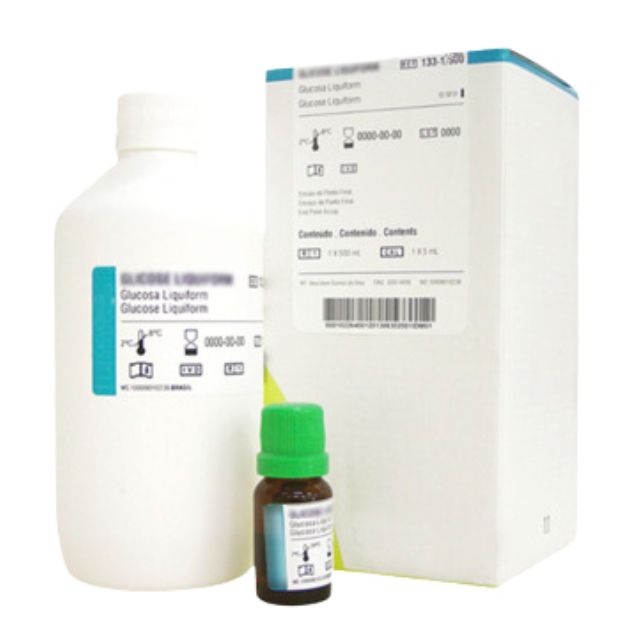
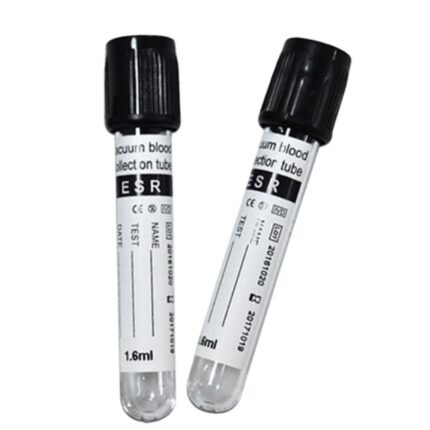
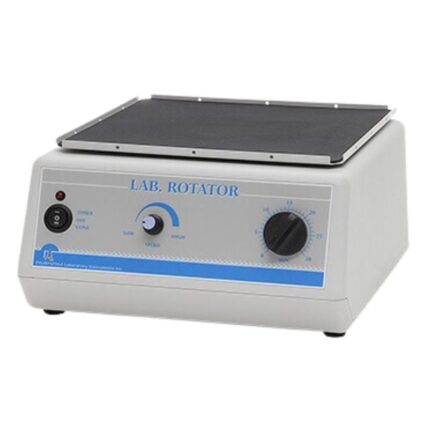
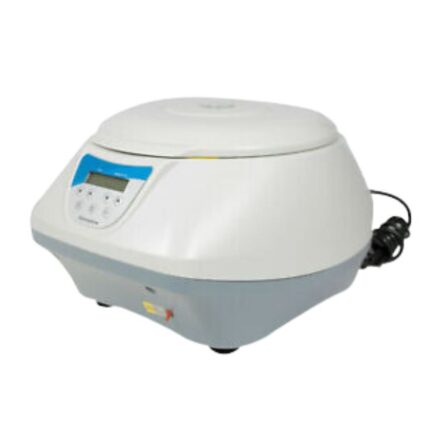
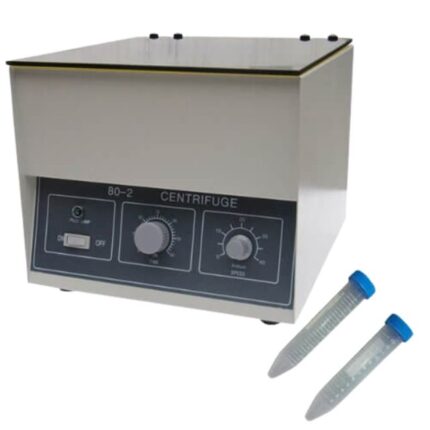
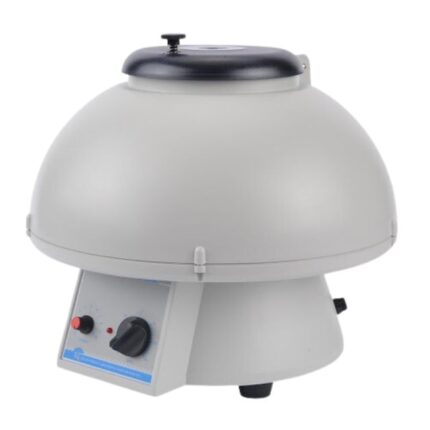
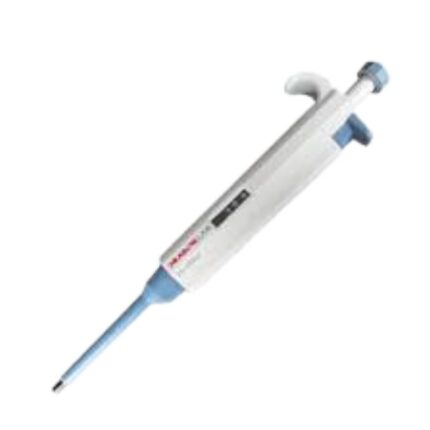
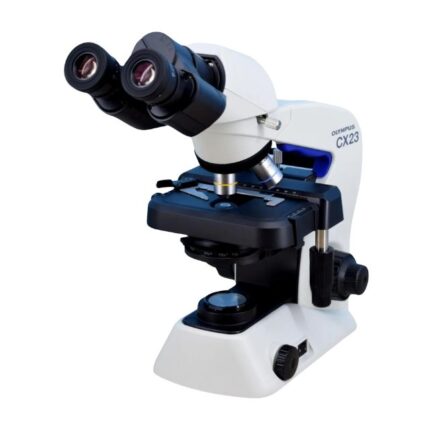
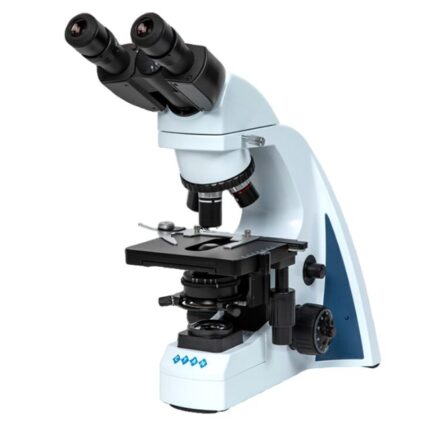
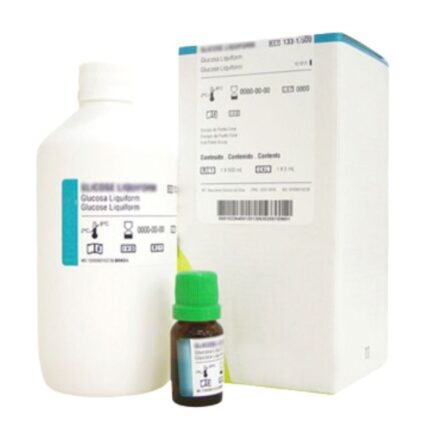
Reviews
There are no reviews yet.